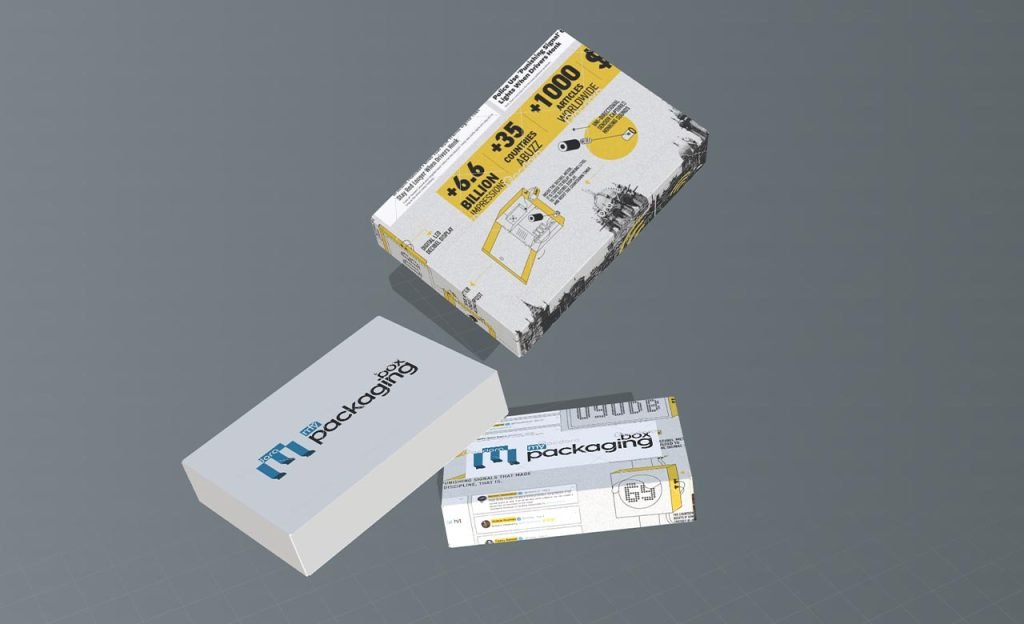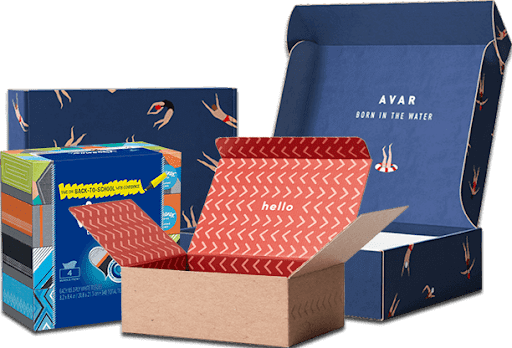The Role of Technology in Packaging

Technology is revolutionizing the packaging industry by introducing smart and interactive features that enhance customer engagement and product tracking. Smart Packaging Solutions Smart packaging incorporates technology to provide additional functionality. This includes sensors that monitor freshness or temperature, ensuring product quality throughout the supply chain. Smart labels can also track the location of products, improving logistics and inventory management. Interactive Packaging Features Interactive elements like QR codes, augmented reality (AR), and near-field communication (NFC) tags engage customers in unique ways. Scanning a QR code might lead to exclusive content or promotions, while AR experiences can bring products to life with 3D animations or tutorials. Customer Engagement Interactive packaging offers a direct line of communication between brands and consumers. It allows brands to share detailed product information, gather feedback, and offer personalized recommendations, creating a more tailored shopping experience. Future Possibilities The integration of the Internet of Things (IoT) with packaging will open new avenues for innovation. Imagine packaging that automatically reorders products when supplies are low or alerts customers about allergens. In conclusion, technology-driven packaging is set to transform the industry by making it more connected, efficient, and engaging for consumers.
Elevating Brand Identity and Customer Experience

Custom packaging is a powerful tool for enhancing brand identity and creating a memorable customer experience. By investing in personalized packaging, brands can differentiate themselves and build stronger connections with their audience. Importance of Custom Packaging Custom packaging allows brands to express their unique identity. It helps create a cohesive brand image that resonates with customers and sets a company apart from competitors. The design, colors, and messaging on the packaging contribute to a brand’s overall perception. Enhancing Brand Recognition A well-designed package is instantly recognizable and can increase brand recall. Consistency across packaging and other brand elements reinforces recognition and trust. Custom packaging also provides an opportunity to tell a brand’s story and convey its values. Design Tips When designing custom packaging, consider elements such as color psychology, typography, and imagery. These components should align with the brand’s identity and appeal to the target audience. Adding tactile elements like embossing or foil can enhance the unboxing experience. Examples of Successful Custom Packaging Brands like Apple and Tiffany & Co. are known for their iconic packaging that reflects their premium positioning. Unique packaging designs, such as Coca-Cola’s personalized name bottles, have also created buzz and increased customer engagement. Role in Customer Experience Packaging is often the first physical interaction a customer has with a product. A thoughtful unboxing experience can leave a lasting impression, encouraging repeat purchases and positive word-of-mouth.
Sustainable Packaging: Trends and Innovations

In recent years, sustainable packaging has become a crucial focus for businesses aiming to reduce their environmental impact. As consumers increasingly demand eco-friendly options, companies are innovating to meet these expectations. Let’s explore some of the key trends and innovations in sustainable packaging. Eco-friendly Materials Biodegradable and recyclable materials are at the forefront of sustainable packaging. Companies are replacing traditional plastics with options like plant-based polymers, recycled paper, and cardboard. These materials break down more easily and reduce the environmental footprint of packaging. Zero-Waste Packaging Zero-waste packaging aims to eliminate waste entirely by using materials that can be reused, recycled, or composted. This approach often involves designing products that require minimal packaging or using packaging that serves multiple purposes, such as reusable containers. Innovations in Design Innovative design plays a significant role in sustainability. Packaging engineers are creating solutions that minimize material usage while maintaining product protection. For example, lightweight packaging reduces transportation emissions, and modular designs allow for efficient stacking and storage. Case Studies Many brands are leading the way in sustainable packaging. For instance, some companies use algae-based materials to create biodegradable containers, while others are experimenting with edible packaging made from seaweed. Future Trends Looking ahead, we can expect further advancements in material science, with a focus on developing materials that are both durable and environmentally friendly. Additionally, the rise of circular economies will encourage more businesses to adopt sustainable practices.






